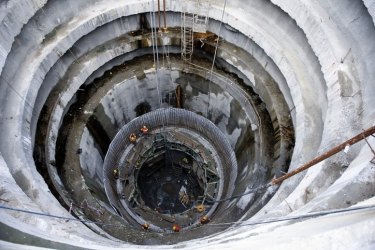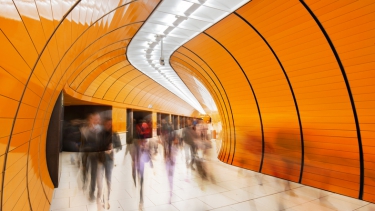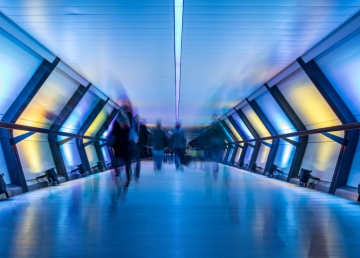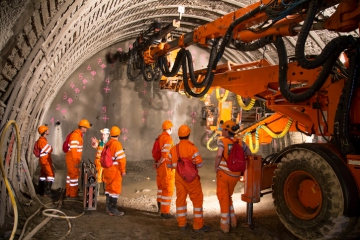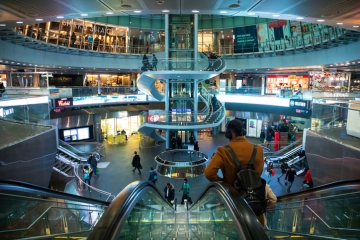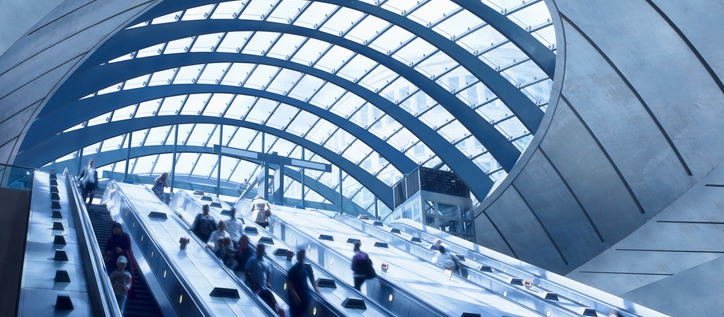
Underground planning
Do you have any questions?
- International
- Antea Group Services
- Spatial Urban Planning
- Underground planning
The often overlooked layer in urban planning
When we think of urban planning, we think of buildings, roads, green-blue infrastructure etc. We do not often consider underground as a vital part of that system. There’s an enormous amount of potential in this layer of urban planning and interest is rising.
